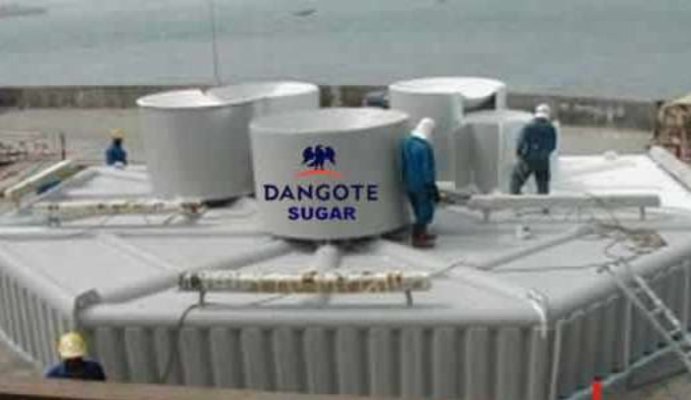By Kenneth Rogoff
To the dismay of many energy experts, the World Bank recently rather capriciously decided to stop funding virtually all new fossil-fuel plants. But phasing out readily available coal is a move that most major developing countries simply cannot afford without adequate incentives.
CAMBRIDGE – Although much derided by climate-change deniers, not least US President Donald Trump, Alexandria Ocasio-Cortez’s Green New Deal hits the nail on the head with its urgent call for the United States to lead by example on global warming. But the sad truth is that, for all the needless waste produced by American’s gluttonous culture, emerging Asia is by far the main driver of the world’s growing carbon dioxide emissions. No amount of handwringing will solve the problem. The way to do that is to establish the right incentives for countries such as China, India, Vietnam, Indonesia, and Bangladesh.
It is hard to see how to do this within the framework of existing multilateral aid institutions, which have limited expertise on climate issues and are pulled in different directions by their various constituencies. For example, to the dismay of many energy experts, the World Bank recently rather capriciously decided to stop funding virtually all new fossil-fuel plants, including natural gas. But replacing dirty coal plants with relatively clean natural gas is how the US has managed to reduce emissions growth dramatically over the past decade (despite Trump’s best efforts), and is a centerpiece of the famous “Princeton wedges” pragmatic options for minimizing climate risk. One cannot let the perfect become the enemy of good in the transition to a carbon-neutral future.
It is high time to create a new, focused agency, a World Carbon Bank, that provides a vehicle for advanced economies to coordinate aid and technical transfer, and that is not simultaneously trying to solve every other development problem. Yes, I fully understand that the current US administration is reluctant to fund even existing international institutions. But the West cannot retreat from a world of intertwined climate responsibilities.
According to the International Energy Agency – one of the few honest brokers in the global climate-change debate and a model on which a new World Carbon Bank research department could build – annual CO2emissions in Asia are now double that of the America’s, and triple that of Europe. In advanced economies, where the average age of coal plants is 42 years, many are reaching the natural end of their lifespan, and it is not a great burden to phase them out. But in Asia, where one new coal plant a week is being built, the average ageis only 11 years, and most will be running for decades to come.
Coal accounts for over 60% of electricity generation in rapidly growing China and India. Even though both countries are investing heavily in renewables such as solar and wind power, their energy needs are simply growing too fast to cast aside widely available coal.
How can the US arrogantly tell India to cut back on CO2 emissions that are only one-tenth those of the US? For that matter, how can the US persuade Brazilian President Jair Bolsonaro’s government to cut back on Amazon deforestation (rainforests are nature’s carbon sink) and development without providing some concrete incentives?
only 43% of people have access to electricity, versus 87% worldwide.
Ignorant presidents aside, most serious researchers see the risk of catastrophic climate change as perhaps the greatest existential threat facing the world in the twenty-first century. The effects are already with us, whether record heat on the US West Coast and in Europe, epic flooding in Iowa, or the impact of climate risks on the price of home insurance, which is rising beyond the reach of many people. And today’s refugee problem is nothing compared to what the world faces as equatorial regions become too hot and too arid to sustain agriculture, and as the number of climate migrants explodes to perhaps a billion or more by the end of the century.
The US military is readying itself for the threat. Back in 2013, the chief of the US Pacific forces, admiral Samuel J. Locklear, listed long-term climate change as the biggest national-security threat. Given grave doubts about whether existing measures, such as the 2015 Paris climate agreement, are likely to do more than slightly slow down global warming, pragmatists are right to see preparing for the worst as a grim necessity.
t. But it will not be nearly enough if developing Asia, and perhaps someday developing Africa, are not also placed on a different development track. A new World Carbon Bank is almost surely a necessary piece of any comprehensive solution, even given the miraculous technological developments everyone is hoping for.
How much it will cost depends on assumptions and ambitions, but one can easily imagine a trillion dollars over ten years. Crazy? Maybe not, compared to the alternatives. Even a Green New Deal is better than a Green No Deal.
_____________________________________________________
Professor of Economics and Public Policy at Harvard University and recipient of the 2011 Deutsche Bank Prize in Financial Economics was the chief economist of the International Monetary Fund from 2001 to 2003.










